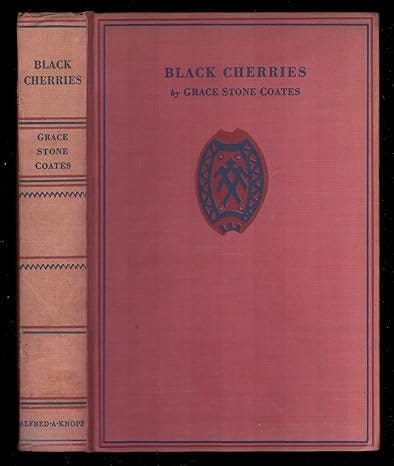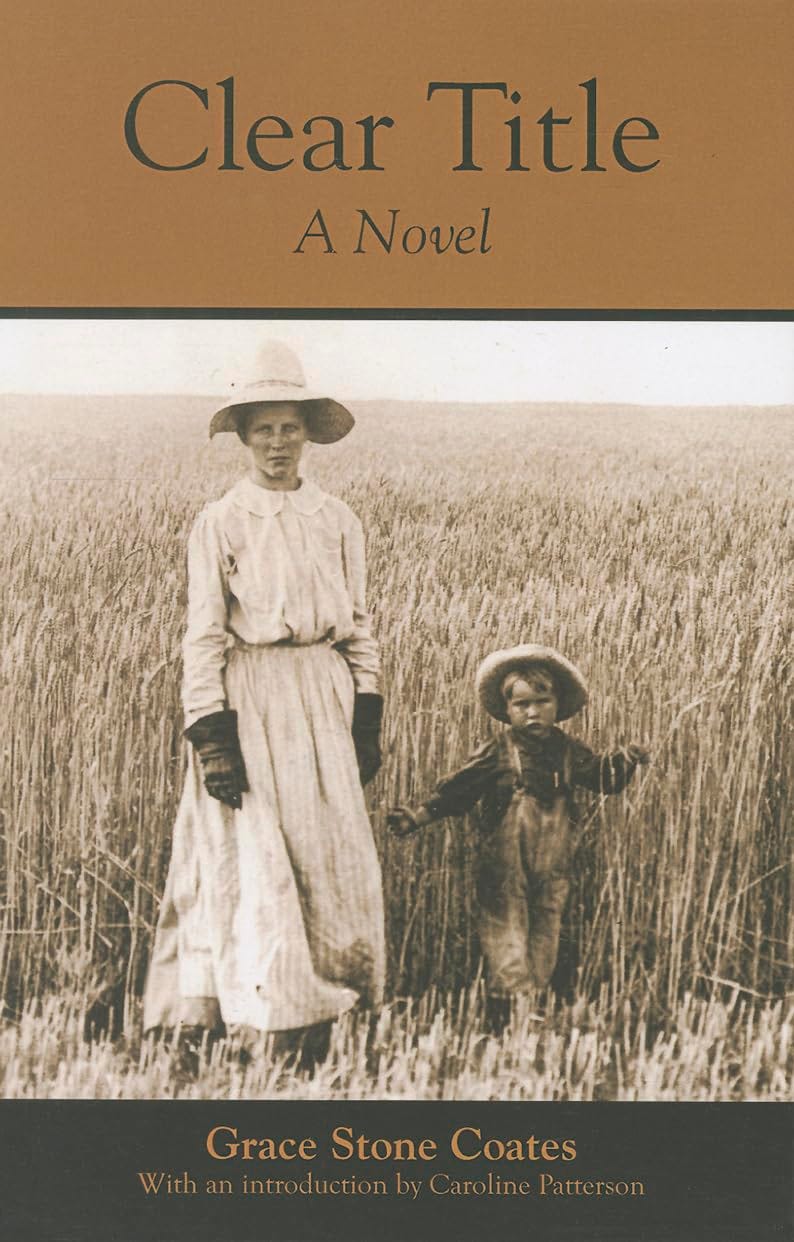Finding Lost Voices: The Lost Stories of Grace Stone Coates (1881–1976)
A weekly email that brings back the voices of those who have been forgotten or misremembered.
I’ve been at the Biographers International Conference in New York for the past two days. While I was here, I was on a panel called “From Ink to Algorithms: What You Need to Know About Artificial Intelligence,” where I talked about the dangers of Generative AI in the work that I do, discovering and bringing back the stories of women writers that have been forgotten. It’s a topic I care deeply about. To explain it, I will give you an example of what happens to the story we tell about unknown women’s lives when we use AI tools to research.
In 1933, the subject of my latest biography, Sanora Babb, received a letter from Jack Conroy, editor of the leftist literary magazine The Anvil, accepting her short story “Dry Summer.” At the time, this acceptance was a massive win for Babb. In 1929, she left the small town she was living in in the Midwest to make her way as a writer in Los Angeles. Before she left, she’d published poems but hadn’t yet published many short stories, and she had been honing her craft ever since. That’s why when Conroy accepted her story, she was thrilled. In the acceptance letter, Conroy praised her story and compared her work to that of another writer who was publishing at the same time, Grace Stone Coates. When I read this letter in Babb’s archive, I’d never heard of Coates. When I did some cursory research, I found out that her linked story collection Black Cherries, about farm life in the Midwest, was written from a child’s point of view. I was fascinated. I read one of her stories, “Wild Plums” (which would be collected in John Updike's The Best Short Stories of the Century, 1999), then moved on to the next part of Babb’s story, which I needed to research and tell.
But, over the last few years, Grace Stone Coates (1881–1976) has stayed in my mind as a woman writer I wanted to research. So, when it came time to write down what I wanted to say at the conference on the AI panel, and I needed an example of a woman writer I knew little about that I could use as an example, Coates immediately came to mind.
To begin, I want to outline the risks of what could happen to the stories of lost voices (like the women I write about here) if research is done through generative AI tools. What is missing when we use ChatGBT and other generative AI tools to conduct research? First, Chatbots like ChatGPT, Bard, and Bing—LLMs “are trained on massive amounts of information scraped from the internet.” This “scraping” is drawn mainly from sites like Wikipedia and does not contain more obscure sites or sources where information about lost women writers might be housed. Second, LLMs often “hallucinate” or offer information that isn’t true, nor can it be cited (Weise and Metz, 2023), and this is done so in an authoritative voice, which makes you THINK that the information is correct even though it has been made up. One can train the LLM through prompt engineering (or how you ask the platform a question), but it can’t change the limitations of content. No matter how many times you rephrase the question, if the content isn’t available to the LLM then it will never find it.
The reality is that not only do Generative AI platforms not search the obscure sites where lost voices reside, they don’t search the archives where most biographical resources live. Suppose we rely on generative AI in its current state. In that case, we will live in a repeating information cycle, and all new content (specifically about unknown figures) will be lost in the archives.
So what does this mean when we use these tools with their limitations to try and find the story of Grace Stone Coates?
Let’s take a look at what happens when we search for biographical information about her. According to Chat GBT, Coates was an author, teacher, and historian who wrote about pioneer life. Indeed, she was an author who published fiction, poetry, and nonfiction. She worked as a teacher in a rural school in Stevensville, Montana, before moving to Butte and later Martinsdale, Montana, where she would marry her husband, Henderson Coates.
Chat GBT goes on to state that Coates was born “in Kawsmouth, Kansas in 1892 and grew up on a farm in western Kansas.” Which is partially true. She was born on a wheat farm in Kansas. But Chat GBT fails to mention that her family moved to Wisconsin when she was in high school. Nor does it include the fact that she attended the University of Chicago, the University of Southern California, and the University of Hawaiʻi yet never received a degree beyond a teaching certificate. (Instead, Chat GBT hallucinates that she attended the University of Kansas).
Chat GBT claims that it was her “upbringing that influenced her writings about frontier life.” But, it was Coates’ close relationship with her father, who was a classicist who had taught Greek in Berlin before coming to the United States. She grew up taking long walks with her father, learning the flora and fauna of the plains and learning poetry.
When Chat GBT lists her published works, it fails to mention are when Coates started writing (when she moved to Montana). Her first published poem, "The Intruder," which was published in Poetry, a Magazine of Verse, in 1921. Nor does it mention that she went on to publish in The Christian Science Monitor, and the New York Times. In 1929, her story, "Wild Plums," was published in the Anthology of the American Short Story. Additionally, four of Coates' short stories appeared in Yearbook of the American Short Story.
Chat GBT reduces the themes of her stories to works that depict “the harsh realities of life for early settlers in Kansas, Nebraska, and other Great Plains states in the late 19th century.” Instead of discussing the nuances of her writing. How she focused on the stories of women and girls. How her work questioned and disrupted ideas about gender norms of her time.
In the 1920s and 30s, Coates published over one hundred poems and short stories. Black Cherries, the series of linked stories that Jack Conway encouraged Babb to read, was published by Alfred A. Knopf in 1931. According to scholar Mary Clearman Blew, Coates wasn’t entirely satisfied with the novel, noting that perhaps “a more coherent book would have been a more revealing book.” Her follow-up novel, entitled “Clear Title,” was her attempt at a more coherent book about a “family caught in a web of tension so acute that it binds them inexorably even as it separates them.” Clear Title tells the story of the same family that appears in Black Cherries, but in this text, Coates engages with her characters more directly and transparently, thereby revealing deeper, more complex family dynamics. In her introduction to Clear Title, Caroline Patterson writes, “Clear Title is a frank exploration of power in marriage: the moral, sexual, intellectual, and legal power between a husband and a wife. . . . By the end of the book, the power in the family has shifted. . . . Instead of a father ruling the roost, we see three sisters, traveling as equals, released . . . from the rigidity and anger of the past.” You can purchase a copy of Clear Title, here.
This is not to say that everything that Chat GBT does is negative. Holly Van Leuven reported at our panel that biographers and scholars are working with companies like Rebind, recording lectures to enhance the generative AI experience of specific texts. But as you can see by my short example here, there is much work to be done when it comes to using generative AI tools to generate information about obscure figures.
Stay tuned for a second bonus post where I reprint Coates’ extraordinary short story, “Wild Plums.”








